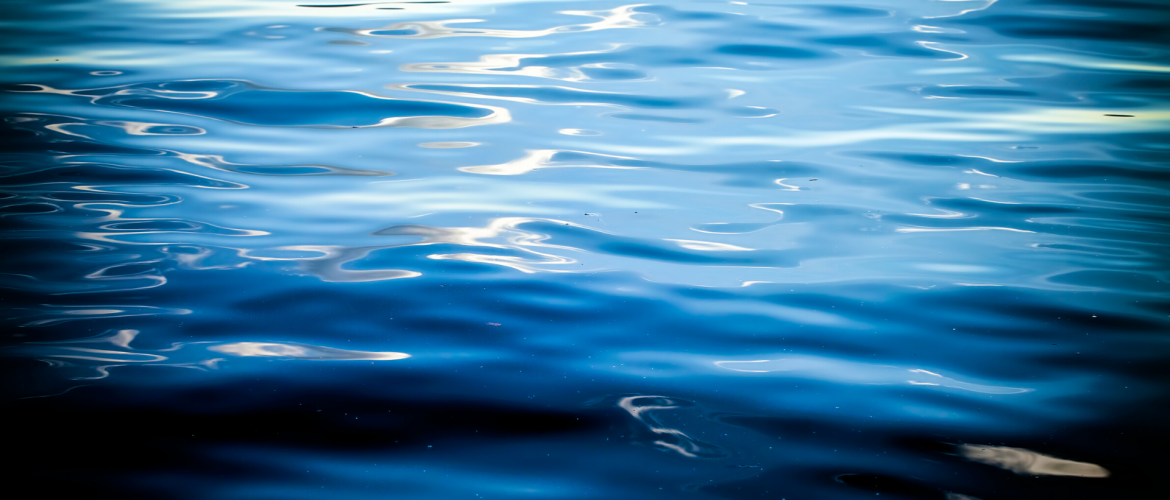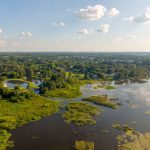The Navigable Waters Protection Rule to define “Waters of the United States” became effective on June 22, 2020 and will replace the Step One Rule published in October, 2019.
For the first time, the agencies are streamlining the definition so that it includes four simple categories of jurisdictional waters, provides clear exclusions for many water features that traditionally have not been regulated, and defines terms in the regulatory text that have never been defined before.
Congress, in the Clean Water Act, explicitly directed the Agencies to protect “navigable waters.”
Under the final “Step 2” rule, four clear categories of waters are federally regulated:
- The territorial seas and traditional navigable waters
- Perennial and intermittent tributaries to those waters
- Certain lakes, ponds, and impoundments
- Wetlands adjacent to jurisdictional waters
The final rule also details 12 categories of exclusions, features that are not “waters of the United States,” such as features that only contain water in direct response to rainfall (e.g., ephemeral features); groundwater; many ditches; prior converted cropland; and waste treatment systems.
https://www.epa.gov/nwpr/navigable-waters-protection-rule-step-two-revise/






